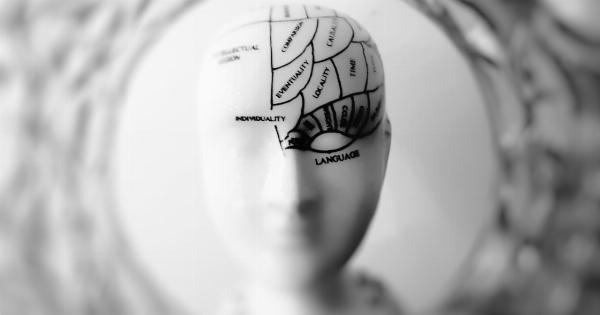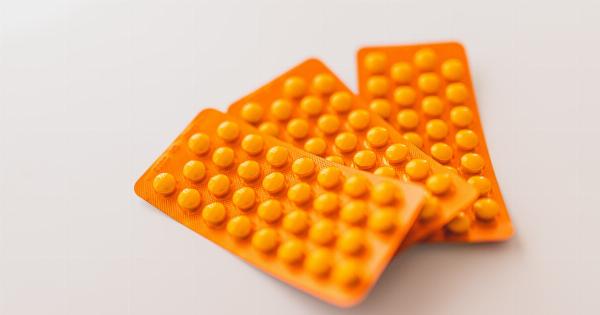Anxiety and depression are common mental health conditions that can affect anyone at any age.
These mood disorders can have a significant impact on a person’s life, making it difficult for them to work, maintain relationships, and even perform daily activities. While these disorders affect a person’s mental health, they also have a profound impact on the structure of the brain.
What is Anxiety?
Anxiety is a condition characterized by excessive fear, worry, and anxiety in response to everyday situations.
It is a normal human emotion that everyone experiences from time to time, but when it becomes excessive and lasts for an extended period, it becomes an anxiety disorder.
The effects of anxiety on the brain can be seen in the hippocampus, amygdala, and prefrontal cortex.
The hippocampus is responsible for encoding new memories, and research shows that people with anxiety have smaller hippocampal volumes than people without anxiety. The amygdala, which is involved in the processing of fear and other emotions, is also hyperactive in people with anxiety disorders.
The prefrontal cortex is responsible for decision-making and planning, and people with anxiety have been found to have a decrease in activity in this area of the brain.
What is Depression?
Depression is a mood disorder that causes a persistent feeling of sadness and loss of interest in daily activities. It can also lead to physical symptoms such as changes in appetite and sleep patterns.
Depression can affect anyone, but it is more common in women than men.
Depression affects the brain in various ways, including reducing the volume of the hippocampus, similar to what is seen in people with anxiety.
Depression has also been linked to decreased activity in the prefrontal cortex and other brain areas responsible for regulating mood and emotions, such as the insula and anterior cingulate cortex.
How Anxiety and Depression Affect Brain Structure
Anxiety and depression can affect the structure of the brain in several ways:.
1. Decreased Volume of Hippocampus
The hippocampus is responsible for the formation of new memories and plays a role in regulating emotions. Studies have shown that people with anxiety and depression have a smaller hippocampal volume than people without these conditions.
2. Increased Activity in the Amygdala
The amygdala is a brain structure that is involved in processing emotions, particularly fear.
Studies have shown that people with anxiety and depression have an overactive amygdala, which may contribute to the excessive fear and worry associated with these disorders.
3. Decreased Activity in the Prefrontal Cortex
The prefrontal cortex is responsible for decision-making, planning, and regulating emotions.
Studies have shown that people with anxiety and depression have decreased activity in this area of the brain, which may contribute to the feelings of hopelessness and difficulty making decisions that are common in people with these disorders.
4. Changes in Brain Connectivity
Studies have shown that people with anxiety and depression have altered patterns of brain connectivity. These changes may contribute to the emotional and cognitive symptoms associated with these disorders.
Treatment and Brain Structure
Treatment for anxiety and depression may affect the structure of the brain.
Antidepressant medications, such as selective serotonin reuptake inhibitors (SSRIs), have been shown to increase the volume of the hippocampus and prefrontal cortex in people with depression. Psychotherapy, including cognitive-behavioral therapy (CBT), has also been shown to cause changes in brain activity and connectivity in people with anxiety and depression.
Conclusion
Anxiety and depression are common mental health disorders that can have a significant impact on a person’s life. These conditions not only affect a person’s mental health but also their brain structure.
Understanding how anxiety and depression impact the brain can help researchers develop better treatments and improve our understanding of these conditions.





























